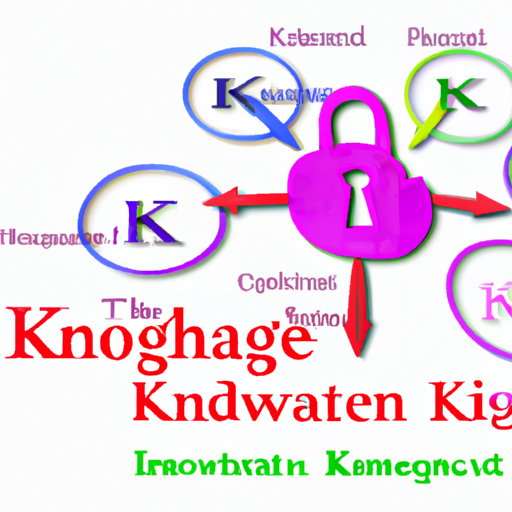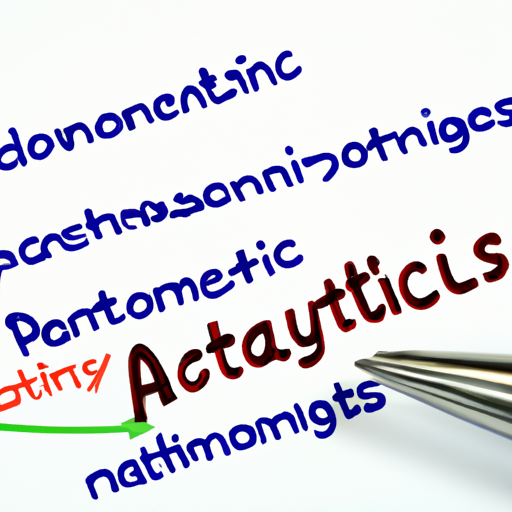In today’s rapidly evolving digital landscape, businesses are generating vast amounts of data. The ability to manage, integrate, and derive insights from this data has become paramount. One powerful tool that has emerged is Knowledge Graphs. These semantic representations of interconnected information are revolutionizing the way organizations approach data management.
What Are Knowledge Graphs?
At their core, knowledge graphs represent a network of real-world entities—like people, places, and concepts—and the relationships between them. They enable organizations to structure their data in a way that enhances understanding and usability, making it easier to retrieve accurate information quickly.
The Role of Knowledge Graphs in Data Management
1. Semantic Data Integration: Knowledge graphs facilitate the integration of data from diverse sources, allowing organizations to break down silos. By using standardized vocabularies and ontologies, businesses can ensure that their data is interoperable.
2. Enhanced Discoverability: With knowledge graphs, data becomes more discoverable. Users can navigate through a web of connections, finding relevant datasets that are otherwise buried in traditional database structures.
3. Improved Decision Making: By providing a clearer picture of relationships among entities, knowledge graphs empower data scientists and business analysts, helping them to make informed decisions supported by contextual data.
Examples of Knowledge Graph Applications
Various industries have successfully leveraged knowledge graphs. For instance, in healthcare, knowledge graphs help in understanding patient data by integrating clinical records, research data, and treatment outcomes. Similarly, e-commerce platforms utilize knowledge graphs to enhance product recommendations by understanding user preferences and product relationships.
Challenges and Future Prospects
Despite their advantages, implementing knowledge graphs comes with challenges, including data quality issues, the complexity of graph construction, and the need for specialized knowledge. However, as technology advances, we can expect knowledge graphs to become more accessible, paving the way for smarter and more efficient data management solutions.
Conclusion
As organizations continue to grapple with the complexities of data management, knowledge graphs offer a promising path forward. By adopting this technology, companies can unlock new insights and drive better business outcomes. Embracing the potential of knowledge graphs is not just an emerging trend; it’s becoming a necessity in the age of information.
For more insights on data management and related technologies, stay tuned to our blog!




